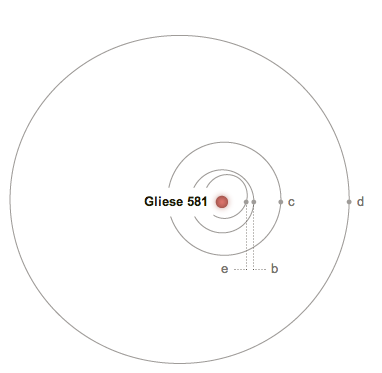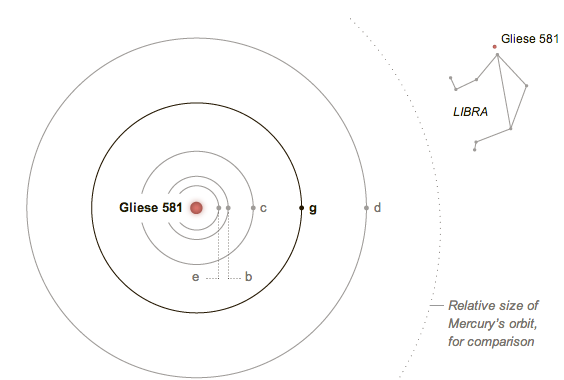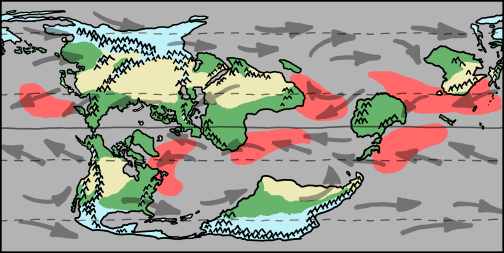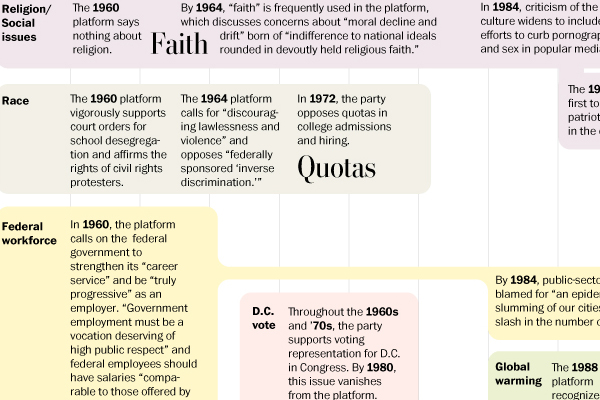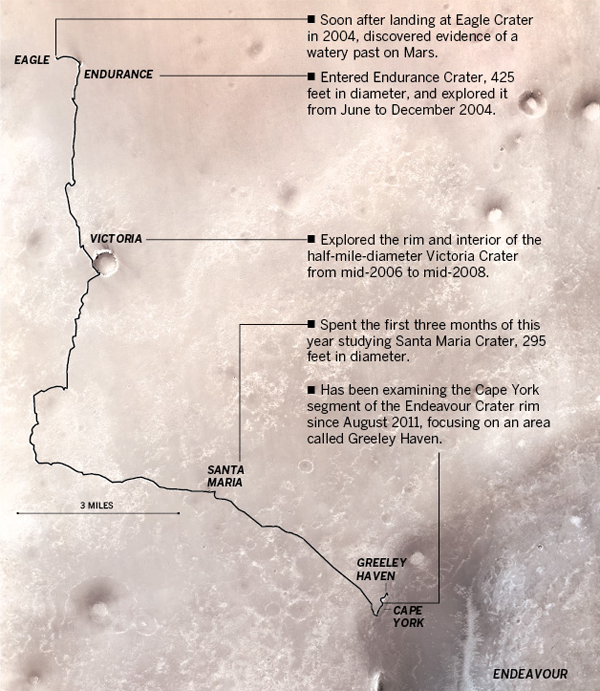We are in the home stretch of the presidential campaign and the first of the four debates (three presidential, one vice-presidential) is tonight in Denver, Colorado. Unfortunately debates tend to be less about ideas and more about talking points, gotchas, and zingers. Regardless of the debates’ utility, candidates do not always convey everything they express through words. Sometimes they send a message through their body language. The New York Times looks at a few, what they call, signature gestures used by President Obama and Governor Romney.
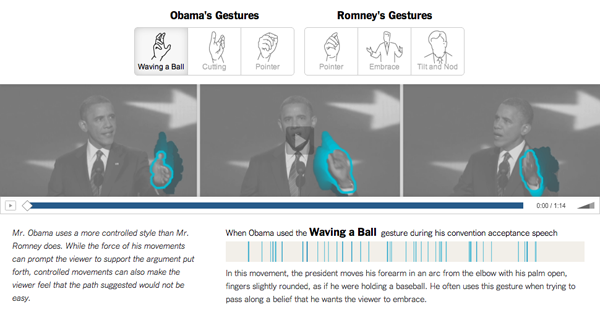
The gestures are illustrated and then explained and shown in three examples from the respective candidate’s convention speech. The overall use of the gesture is then indicated in a bar showing how often and when in the speech the gestures were used.
Credit for the piece goes to Aquin G.V., Alan McLean, Archie Tse and Sergio Peçanha.

